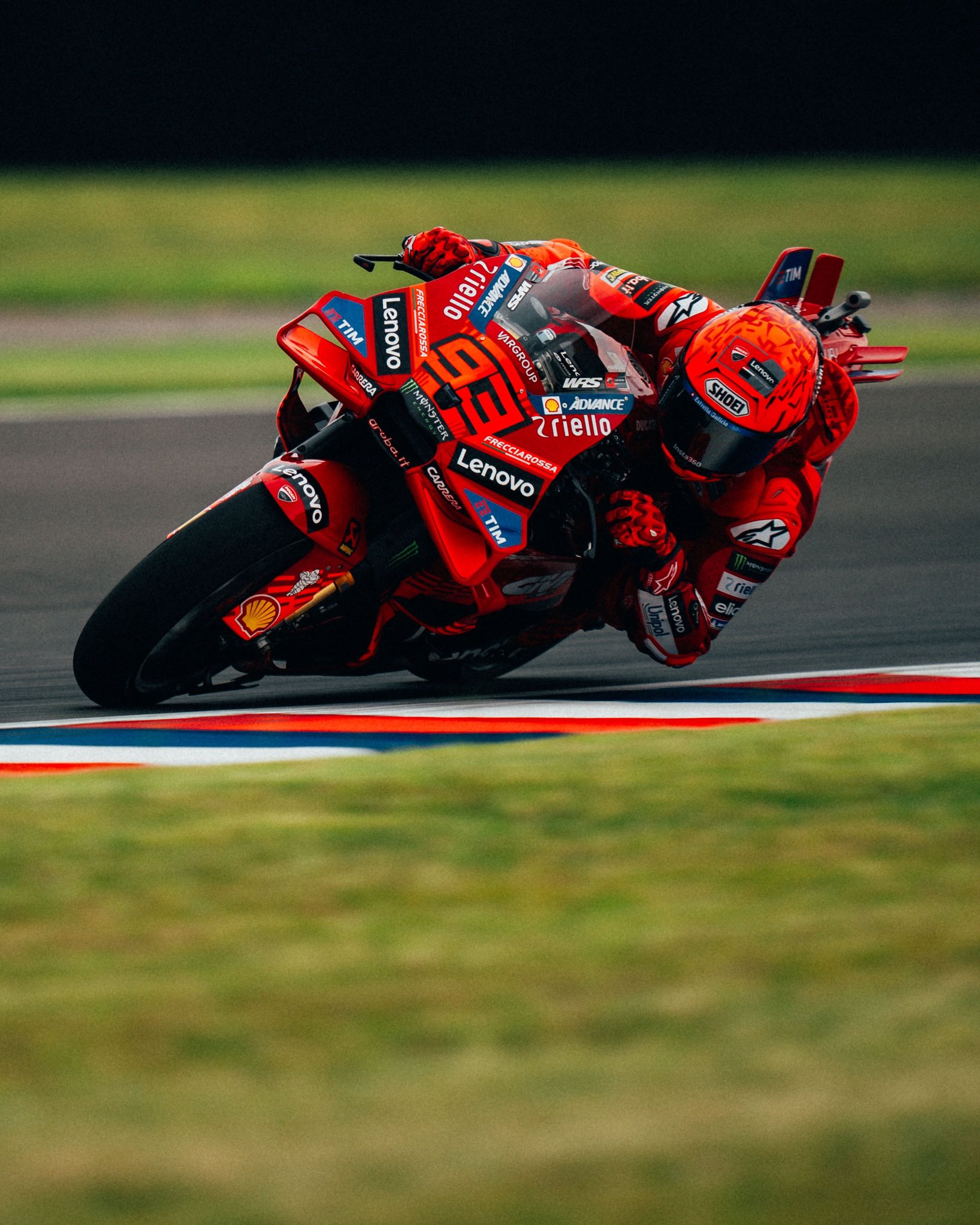Mclaren 2021 Challenger: Tech Analysis
- Ive Bauk
- Feb 17, 2021
- 3 min read
Updated: Jan 10
Written By Ive Bauk, Edited By Esmée K
Yes boys and girls, the long winter wait is finally over and the excitement of the new F1 season is starting to brew. You all have surely seen all those memes about MCL35M being the same as its predecessor MCL35. It may be true concerning the bare livery but it did get a lot of changes, most of them to accommodate the new Mercedes engine.
As you can see on the picture above, Mclaren designed a nose very similar to the one on W11 except McLaren used outwash concept. Outwash is shown by red lines in the photo. The Outwash concept is a concept in which the front wing sends air out of the car and around the tires, while the upwash concept is completely opposite, as it sends air above the tires.
Marked with blue lines, you can see a newly designed nose similar to Mercedes one. It is not completely new as it was brought up in the second half of last season.
Last thing marked on this picture is a so-called nose scoop. It may not seem very important but it makes the whole nose look different. FIA allowed the nose to be wide to a specific amount, but Mercedes decided to make the whole nose thinner so they could fit nose scoops in those parameters.
Next up are bargeboards, a section of the car that became significantly important after front wing regulations in 2018.
First of all let’s start with basics. Take a look at the purple line. It nicely presents to you the profile of pretty much every winglet and flap on a F1 car. I guess you are familiar with the way an airplane wing profile looks.The upper part is curved whilst the bottom part is straight. That design is made to create lift so air flowing above the wing has to pass a longer distance in the same time as the air flowing under the wing which creates a difference in air pressure above and under the wing. Slower air generates higher pressure which is pushing the wing upwards in order to equalise air pressures above and under the wing. F1 designers use the same design just the other way round in order to generate downforce. So on F1 cars the upper part of the wings is straighter while the lower part is more curvy.
Next, take a look at the white lines (they are on the left side of the car if you can’t spot them). They are marking all those sharp edges. Now you might be asking what their job is, which is to create so called air vortices. Those vortices are controlled turbulent air which is used to direct air wherever you want, which is mostly towards the end of the car. So in conclusion, sharp edges are used to direct the air.
The most visible difference here on the middle section of the car are big ventilation shafts which were not present on the MCL35, so Mercedes probably has more cooling issues than Renault.
To finish this picture, take a look at the red and green lines. Whenever you see several plates aligned one near another, they are used to accelerate air. Less gaps equals faster air but also more unwanted drag.
And finally the last picture of my first article will be dealing with the rear end of the car.
So first of all, the Mercedes engine might be somewhat more compact than its french companion and so therefore the whole engine cover is narrower. New regulations regulated the floor a lot so it’s narrower and with less flaps on it. The red lines are showing approximate airflow from the front end above the floor. Sidepod endplates have double use, as a vortex generators and gaps in between them are accelerating air.
The green lines are pointing out S-slots on the rear wing which are used to bring down turbulence by equaling air pressure on both sides. The thing is, that all the cars last year had slots similar to the ones on the bottom part of the spoiler. Haas first introduced S-slots last year.
The blue lines are showing at the so called T-wing. McLaren introduced it just this year while most cars had it even last year. Its main function is generating vortices that are pointing towards the rear wing. In 2017 that function was fulfilled by shark fins but since 2018 shark fins are forbidden.











Comments